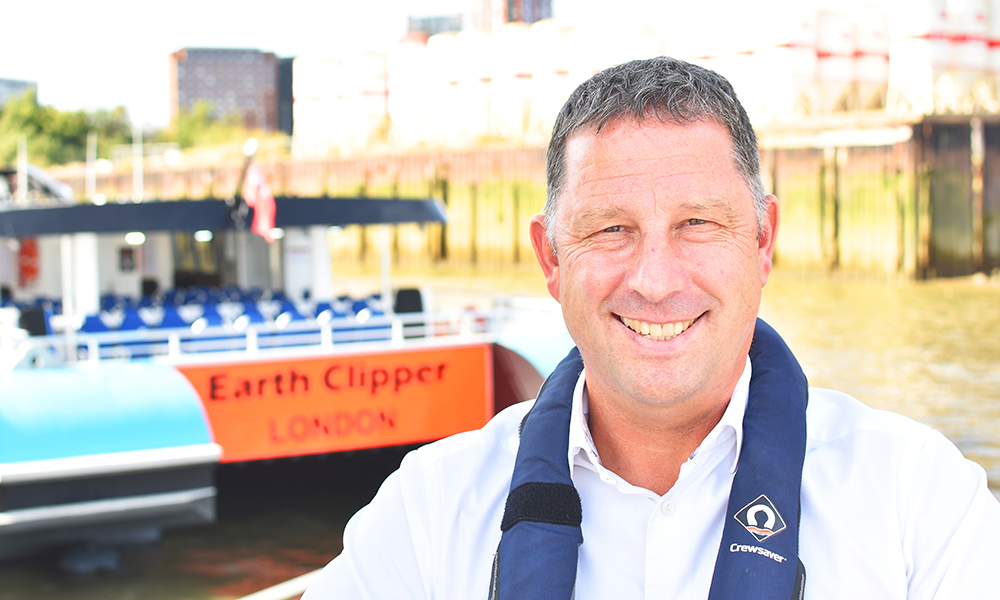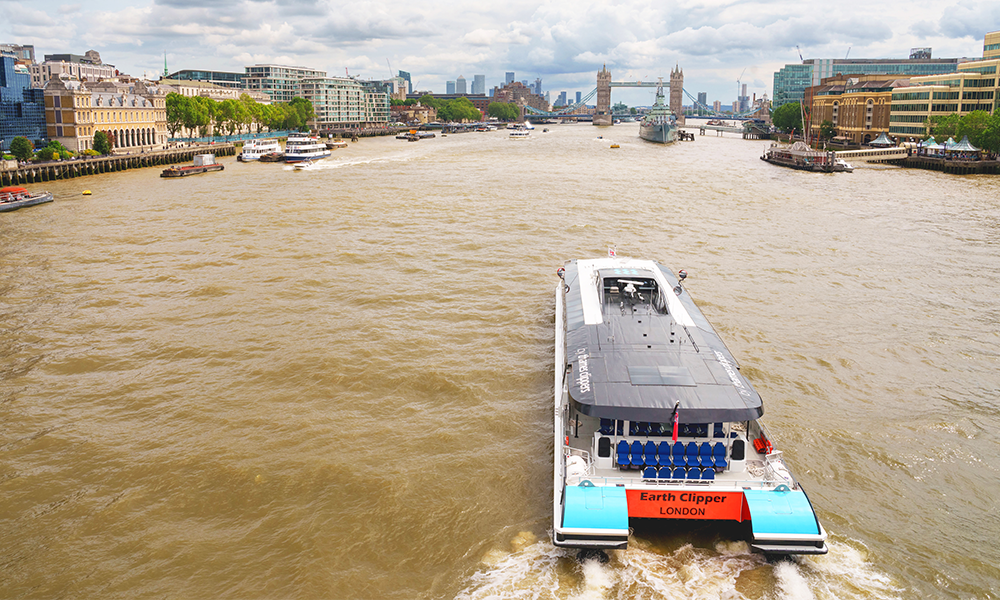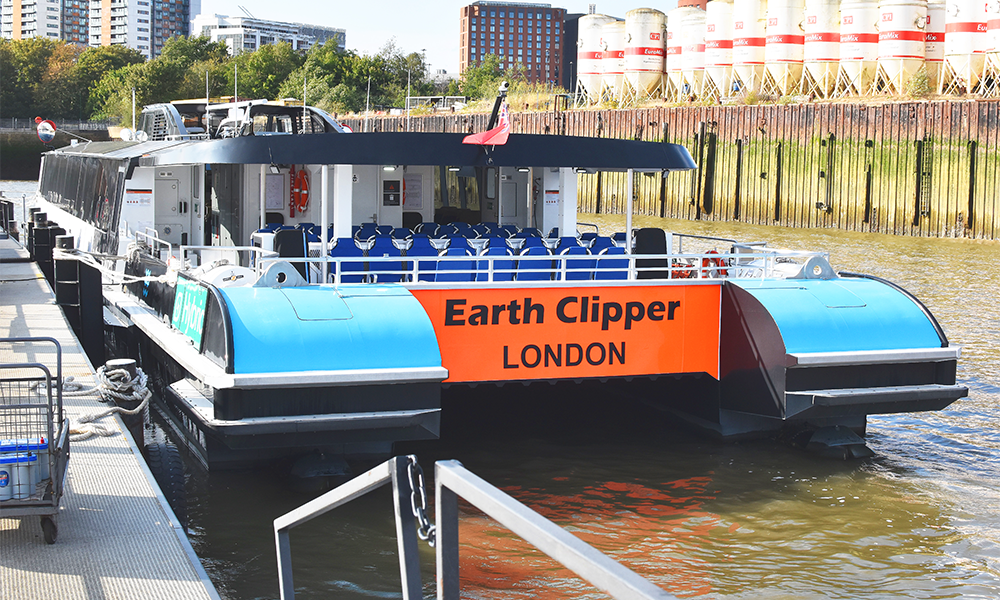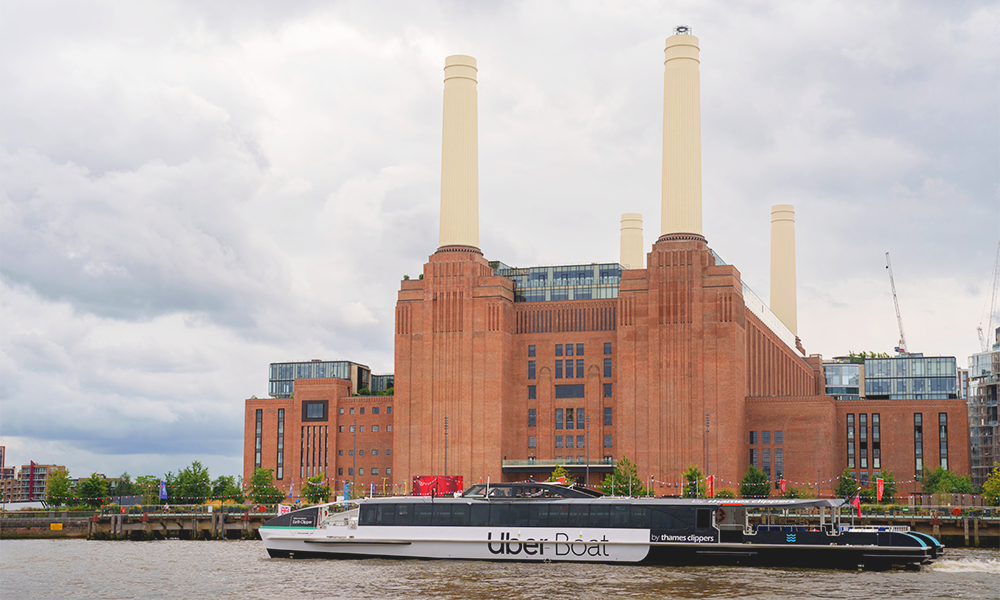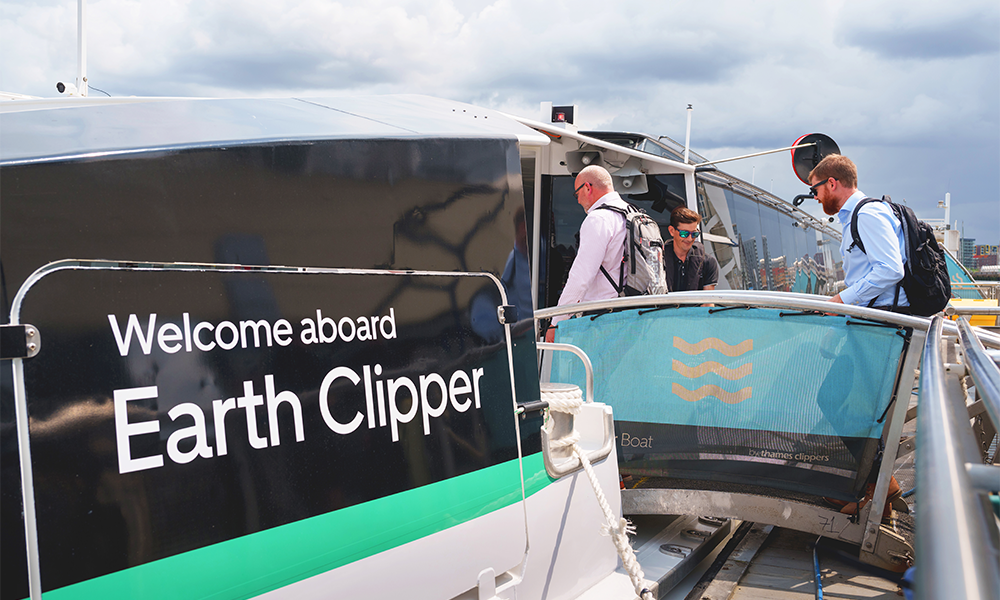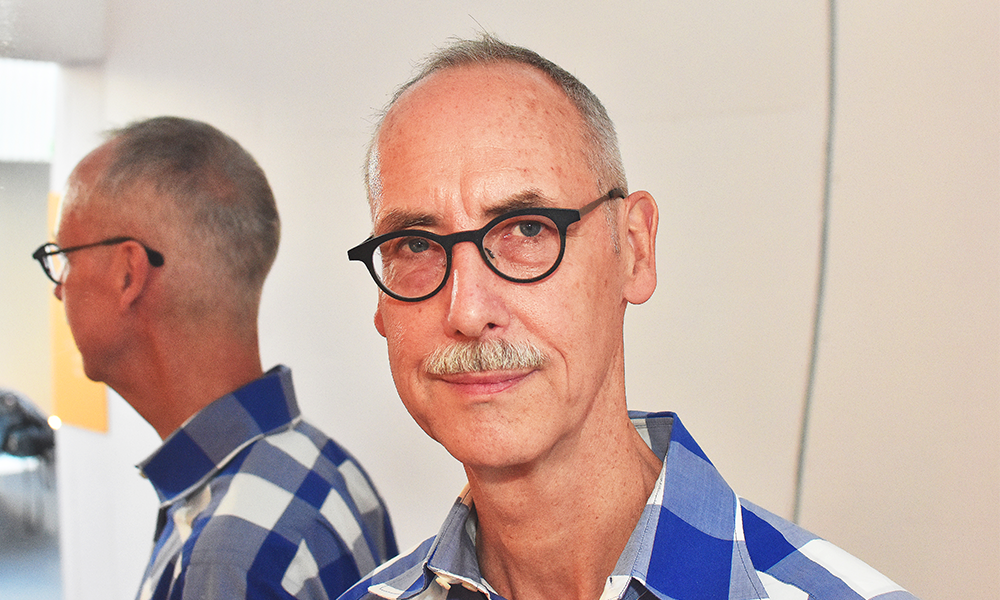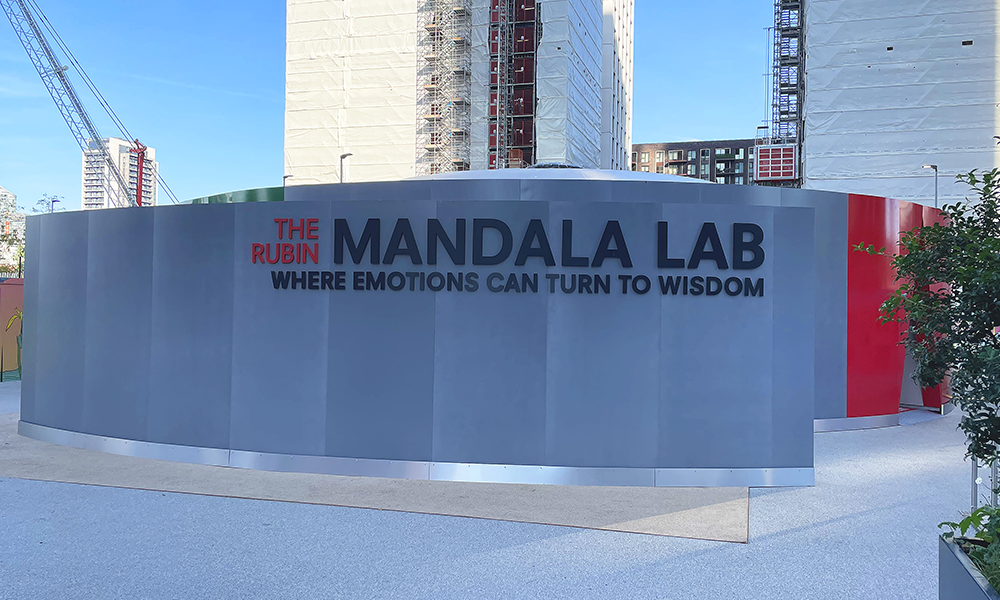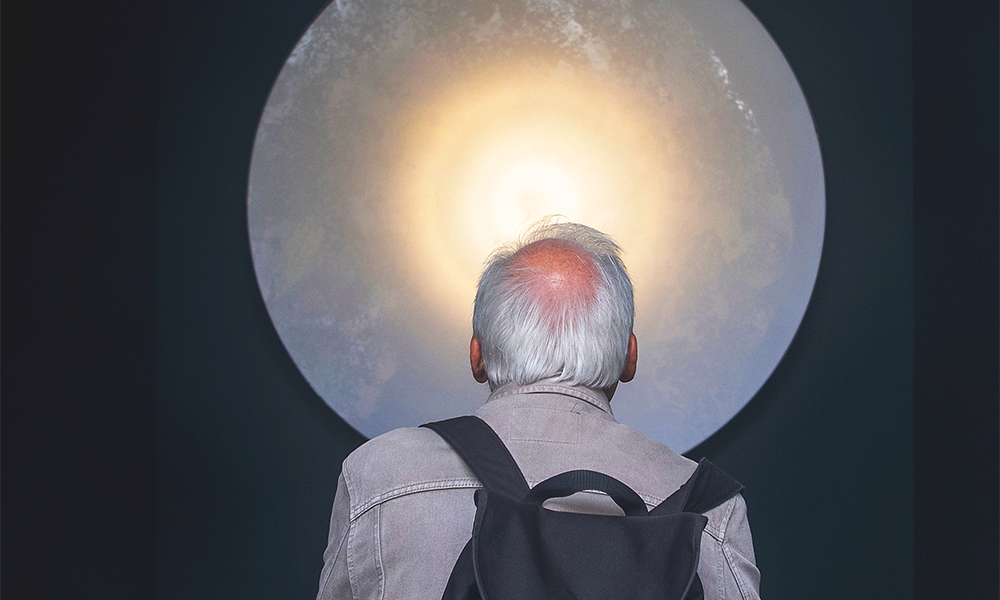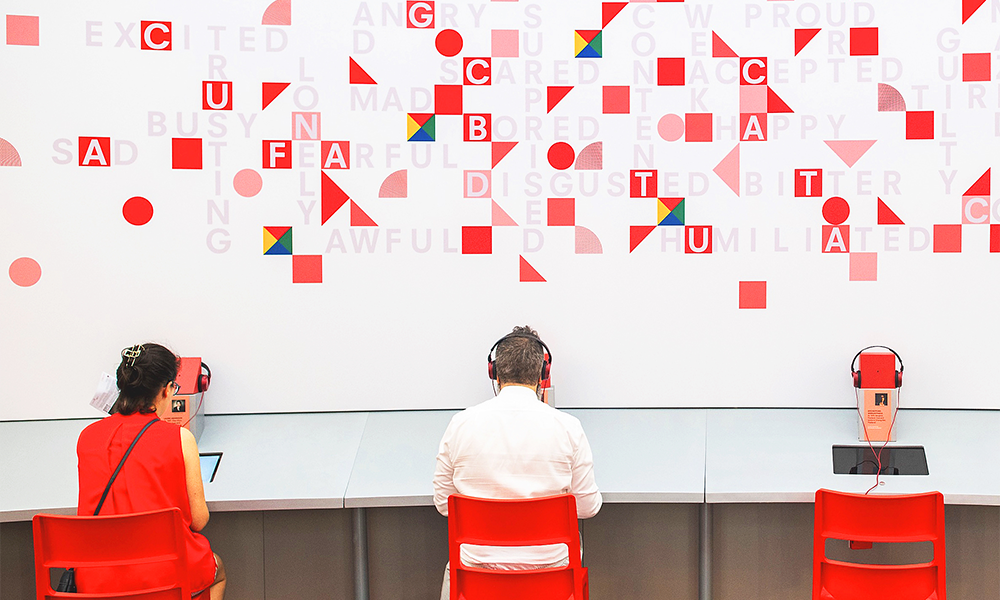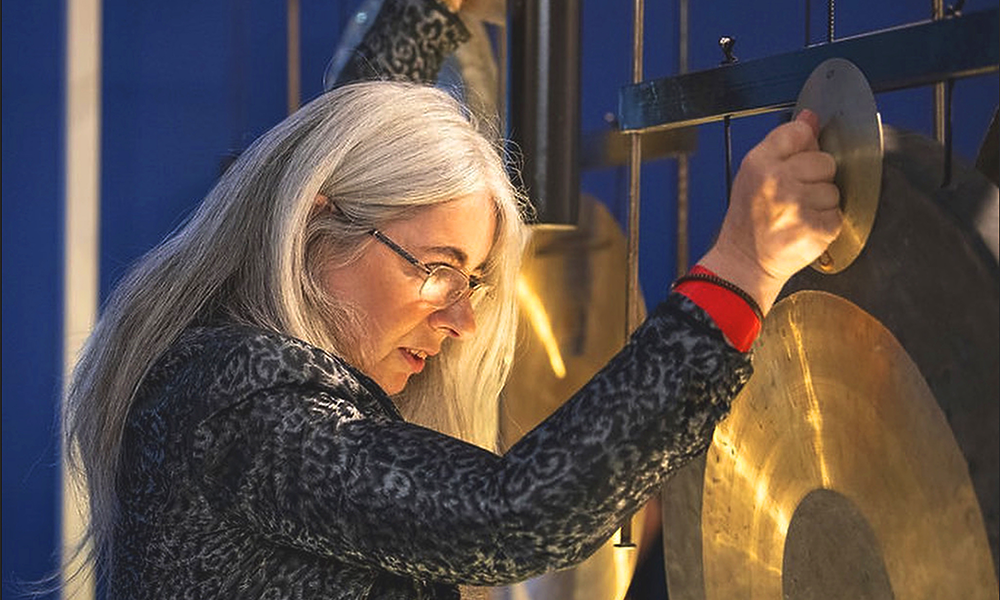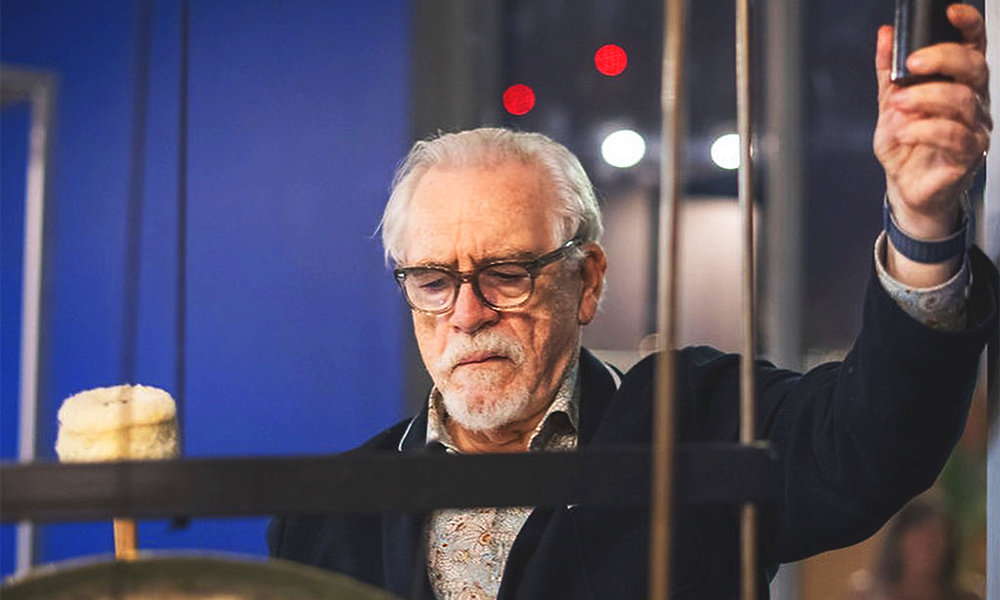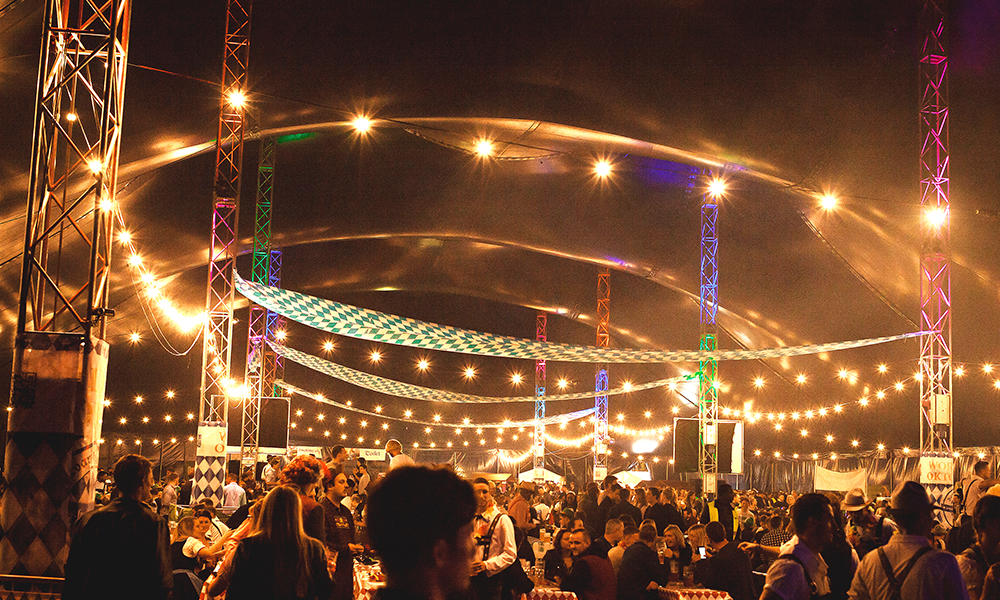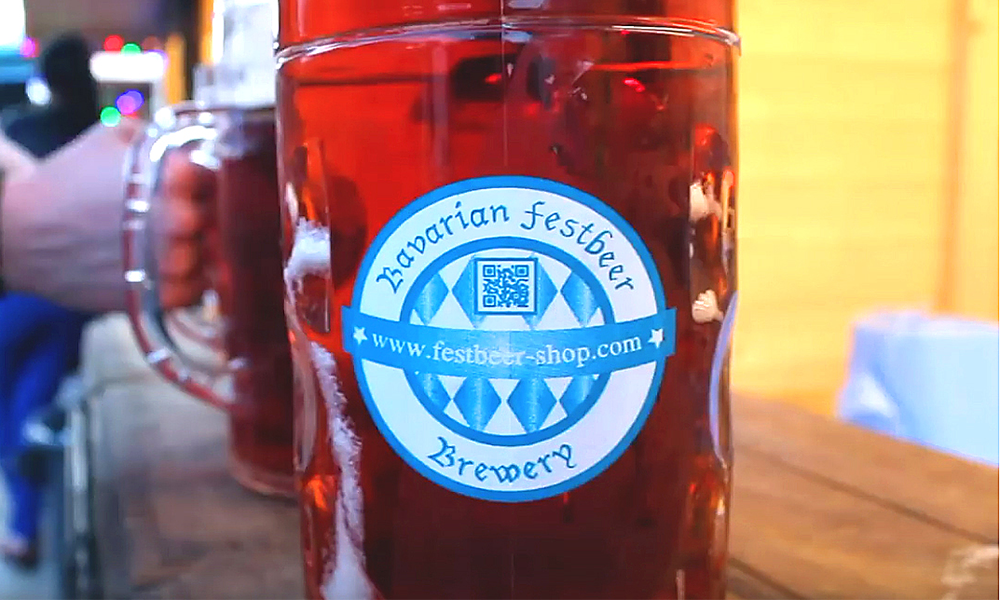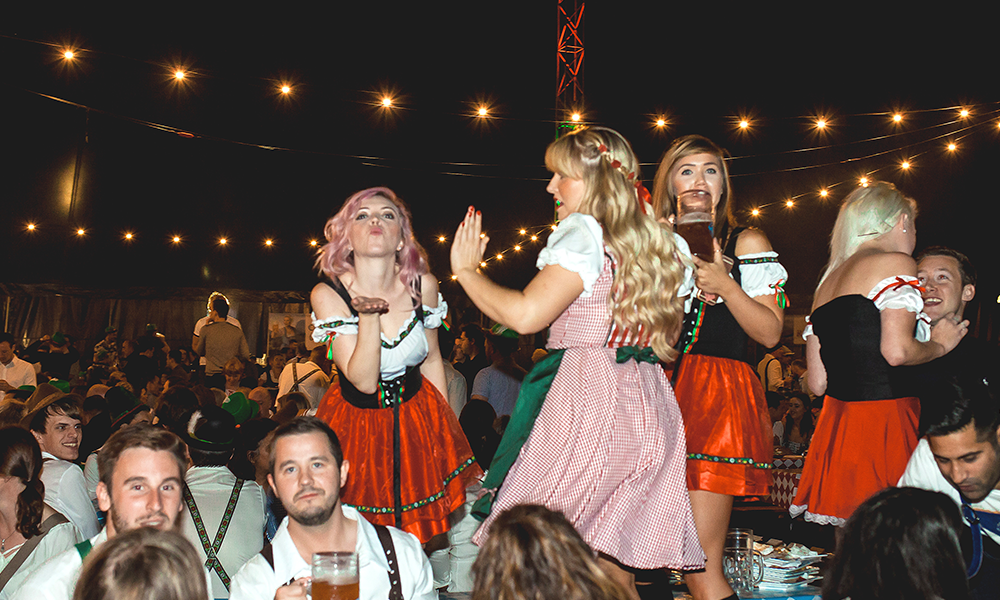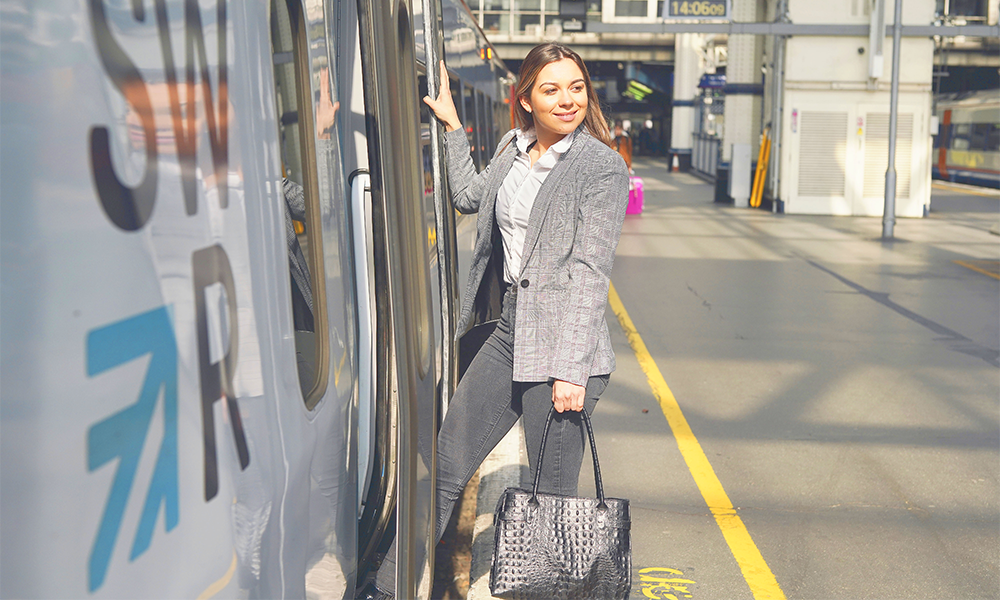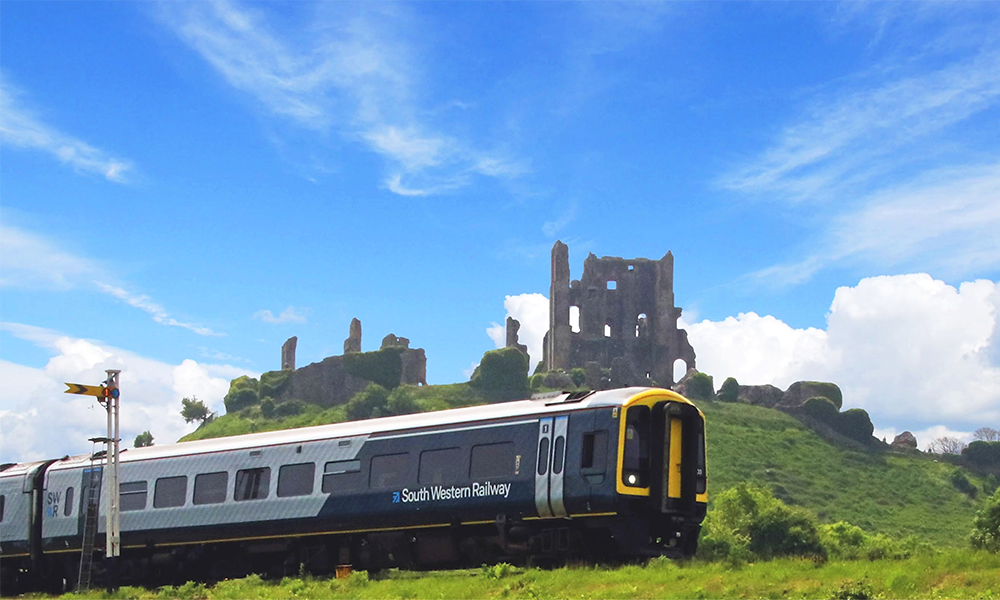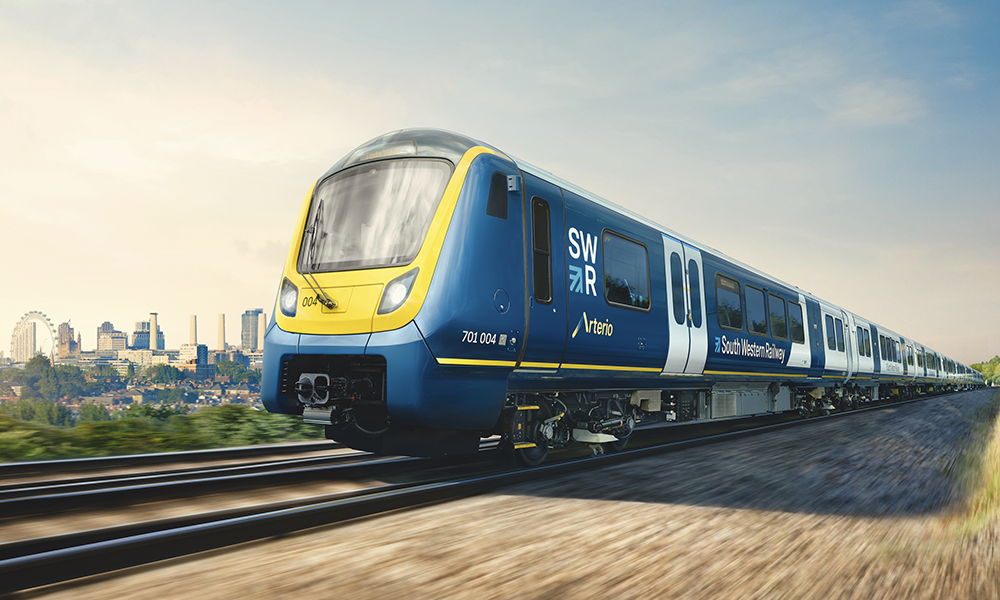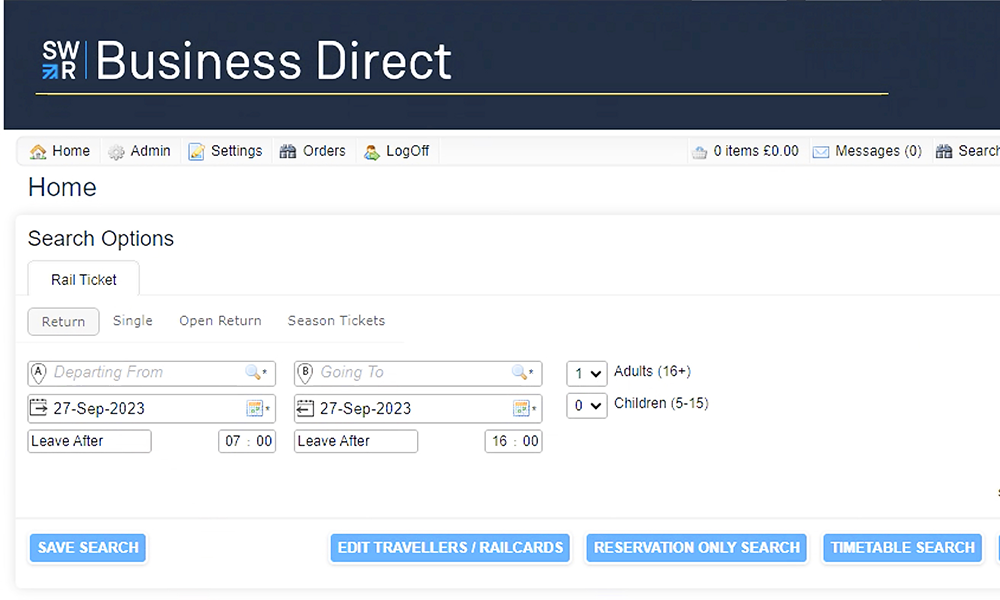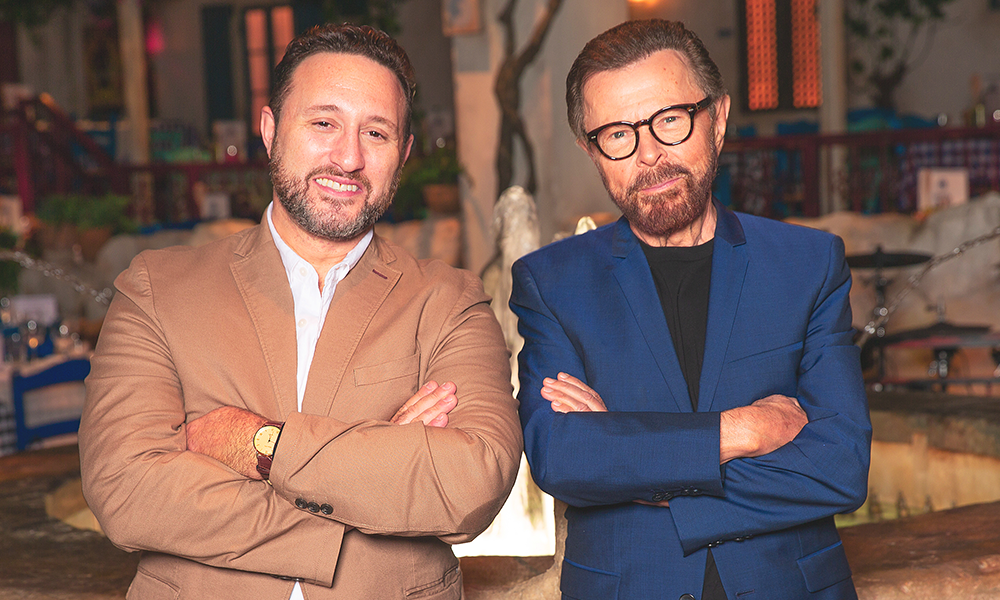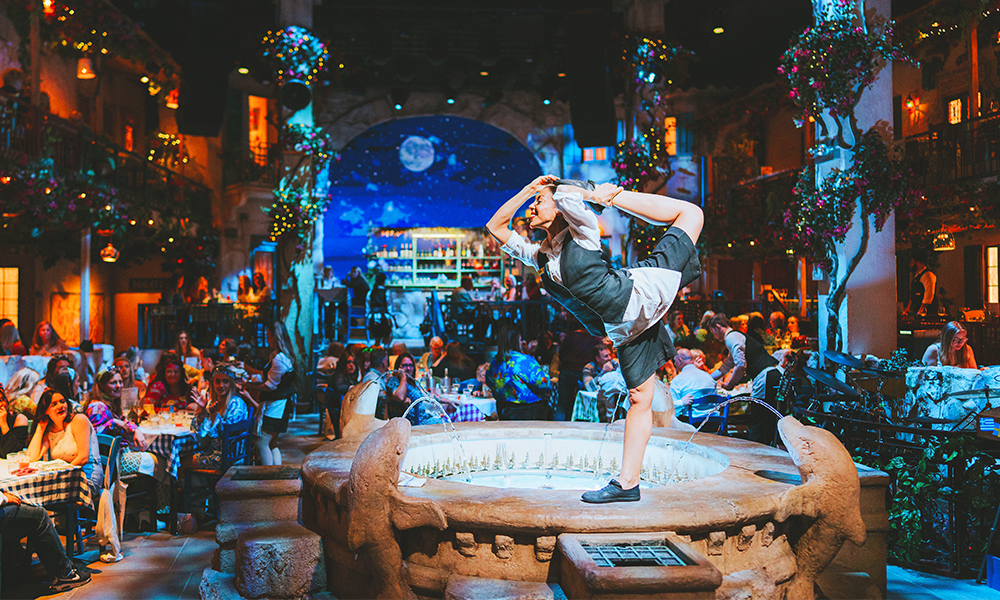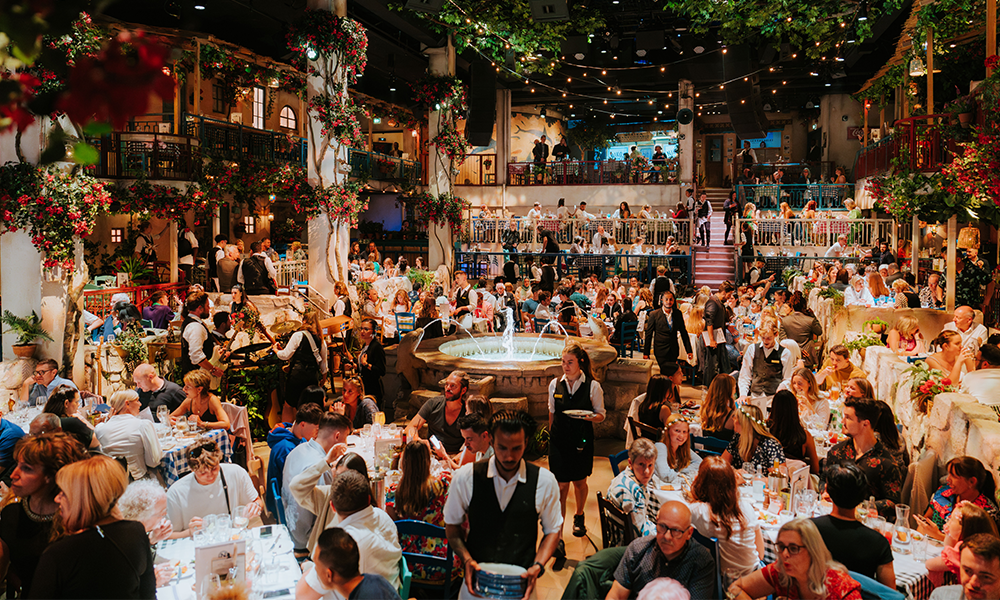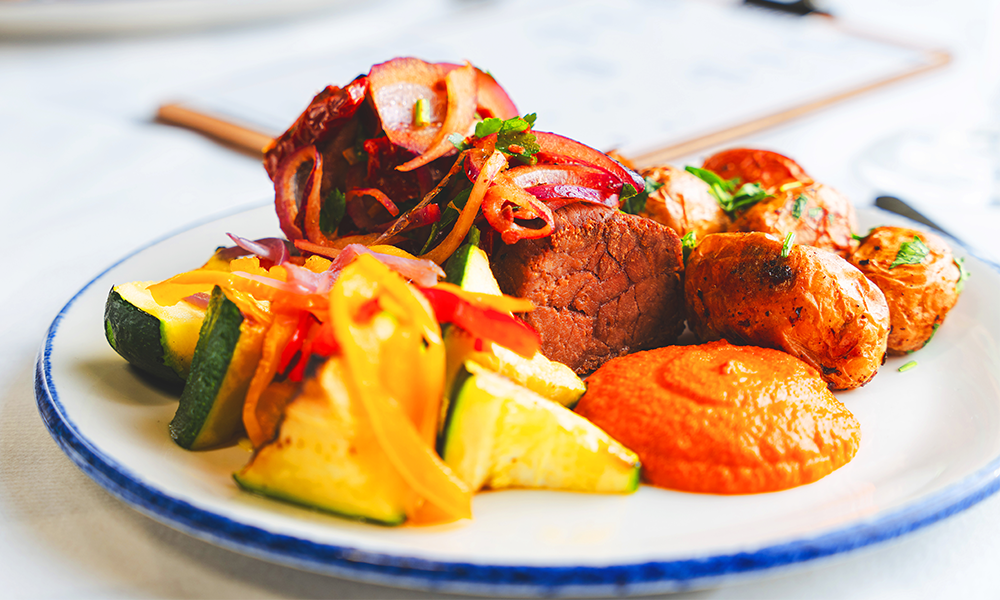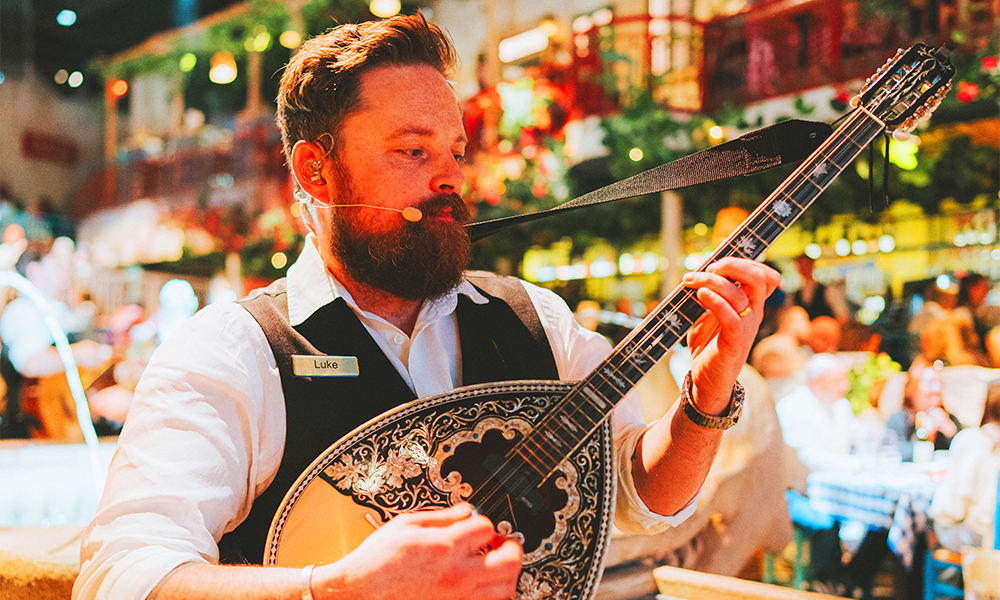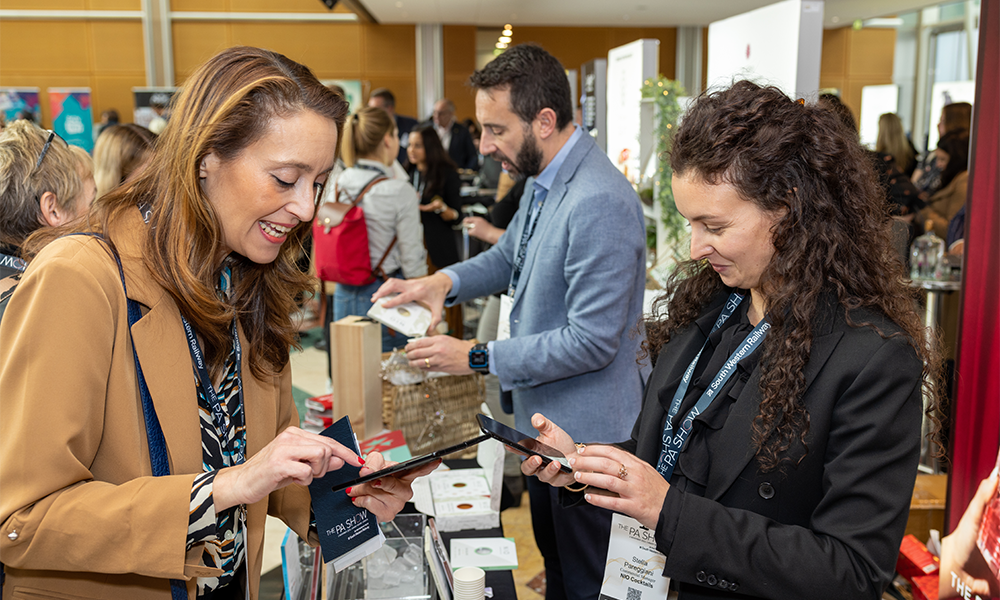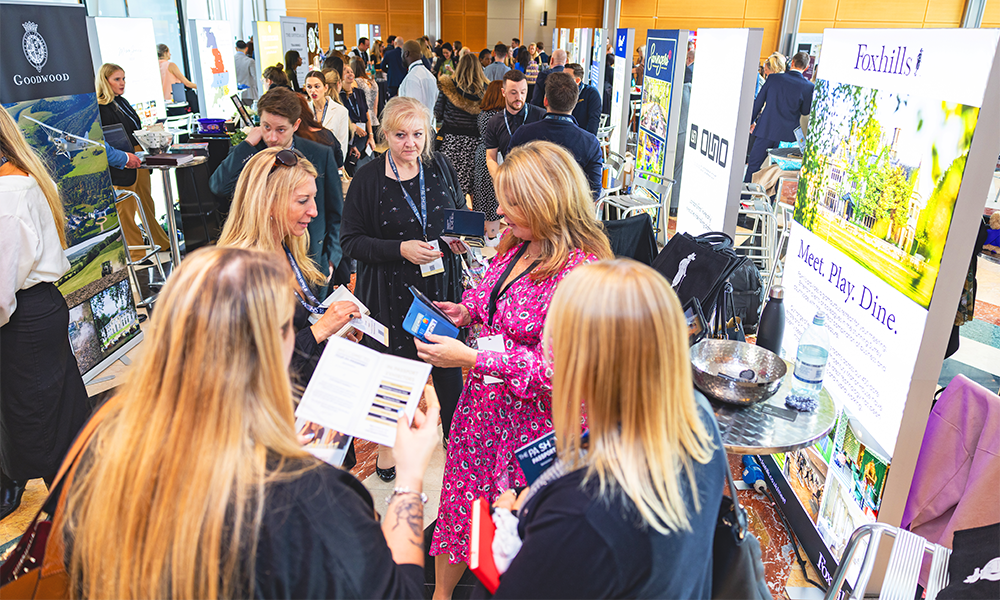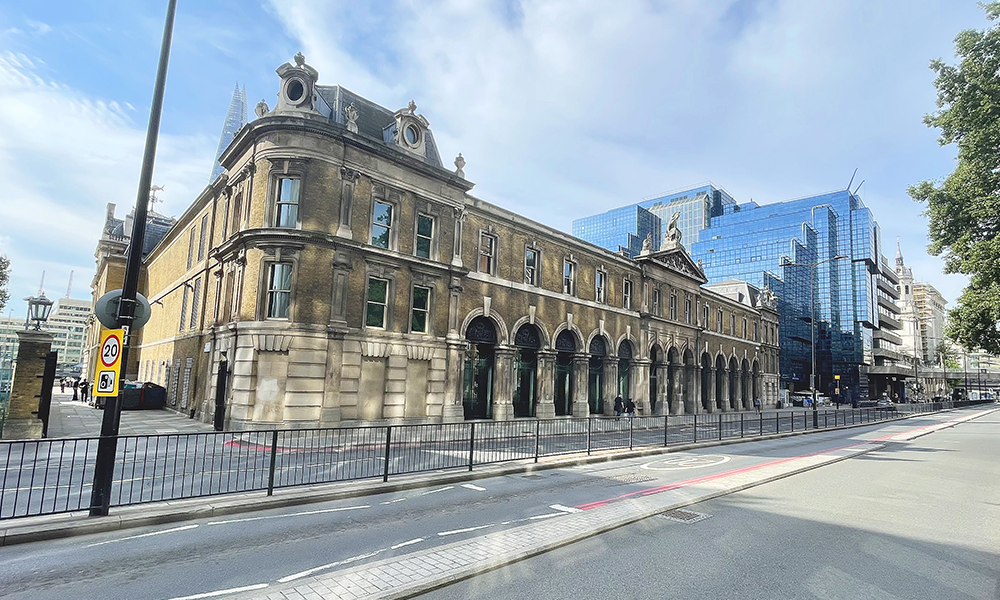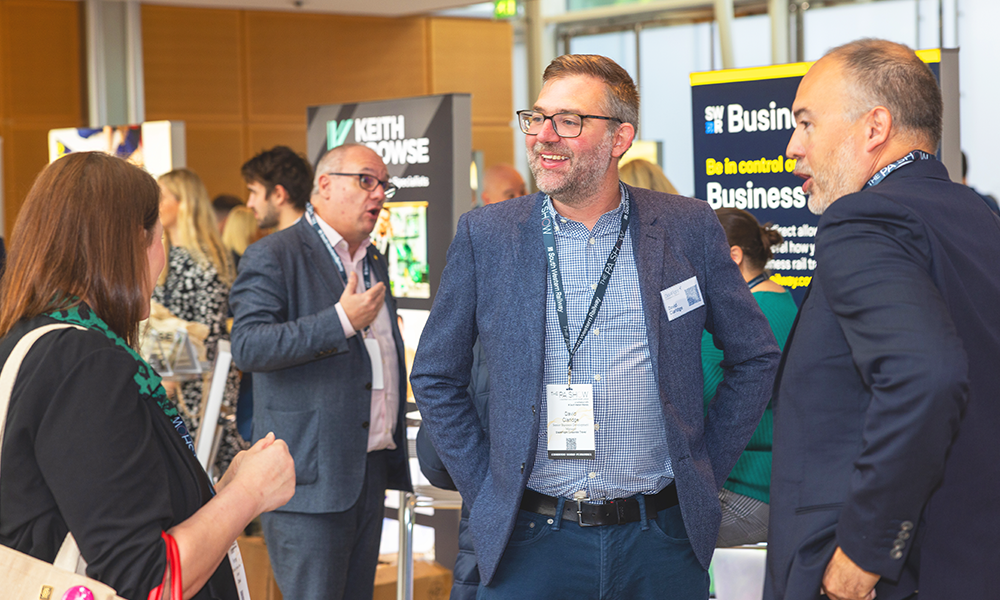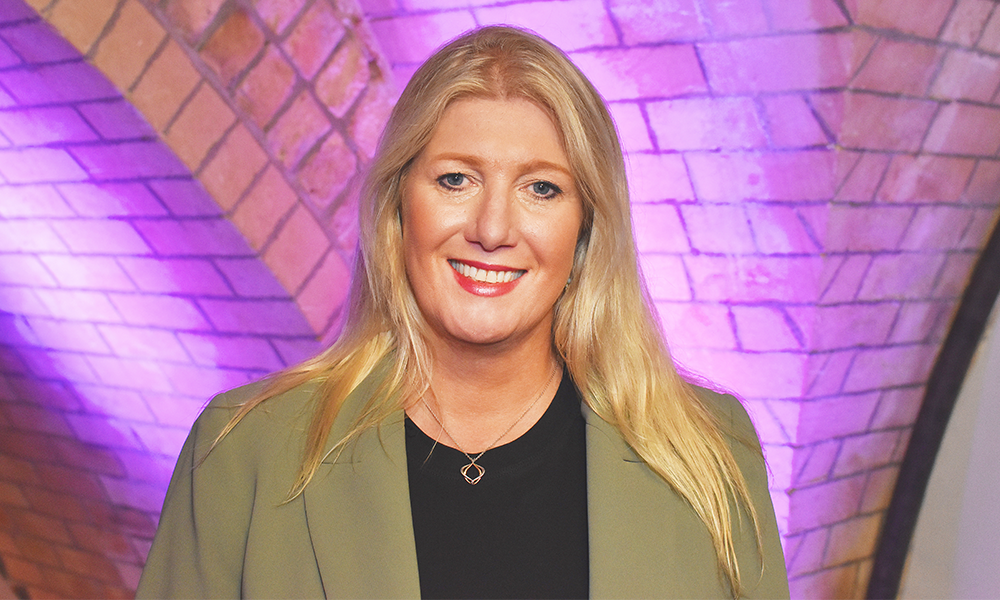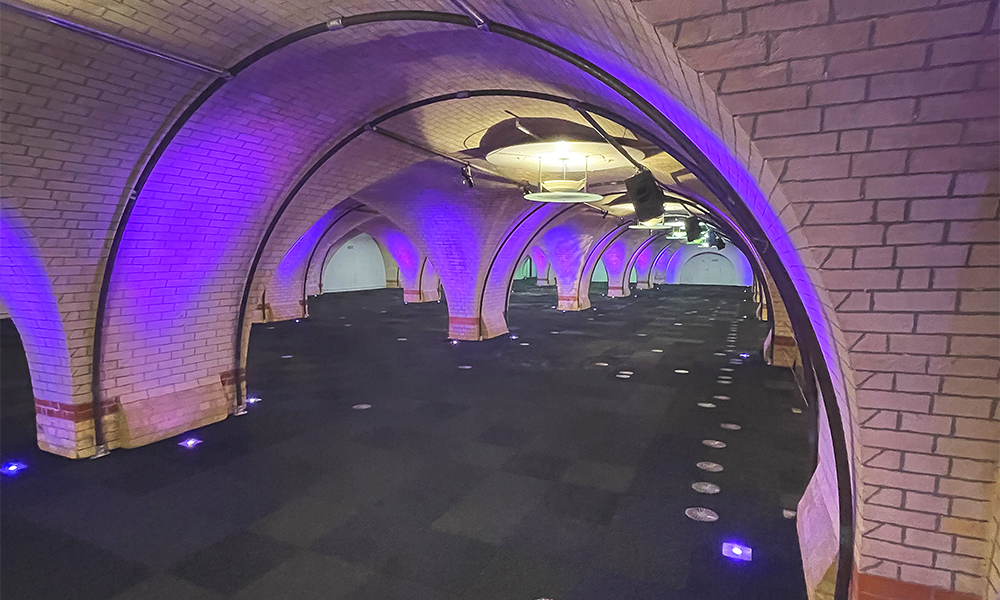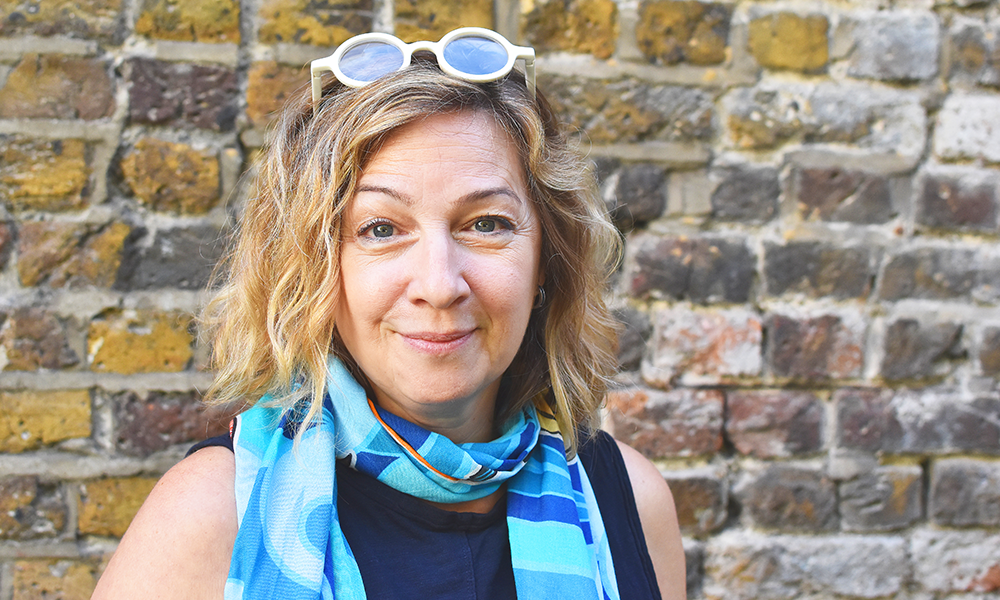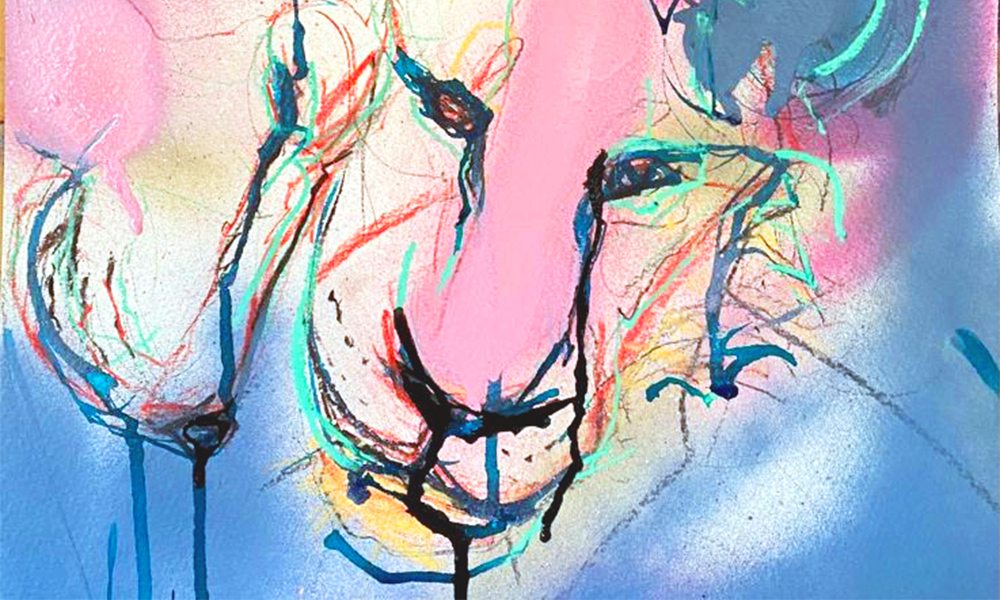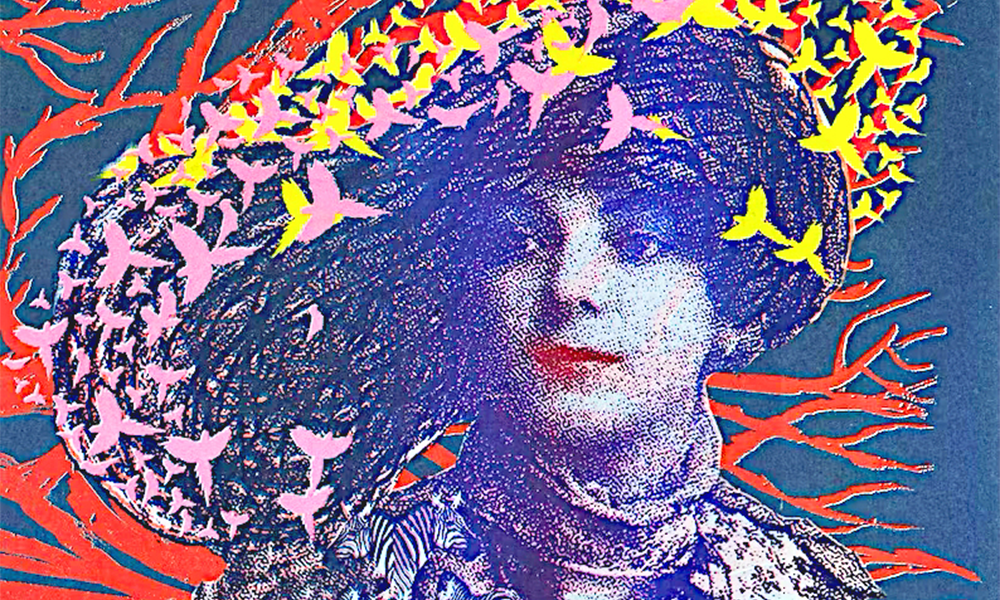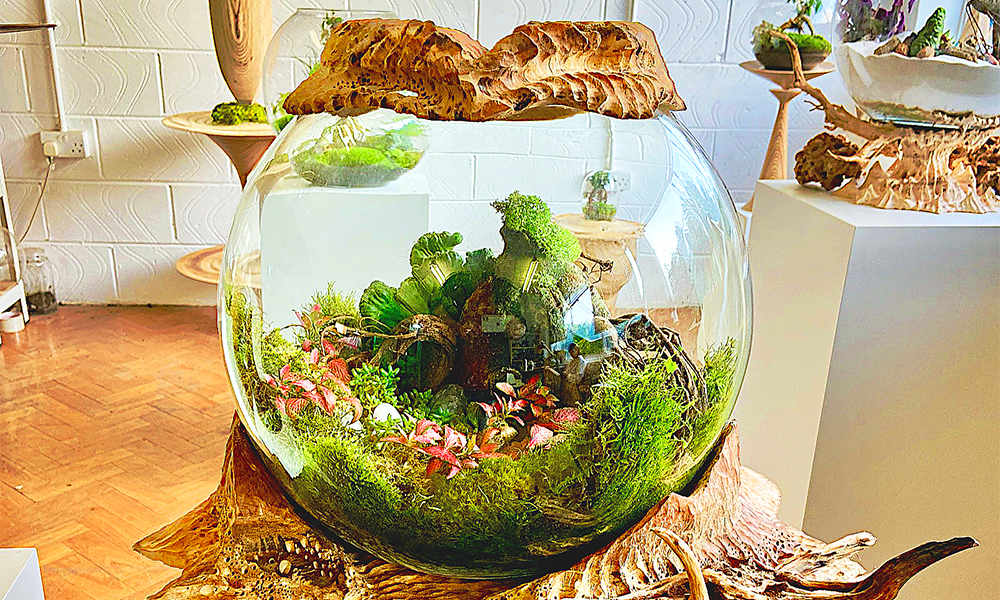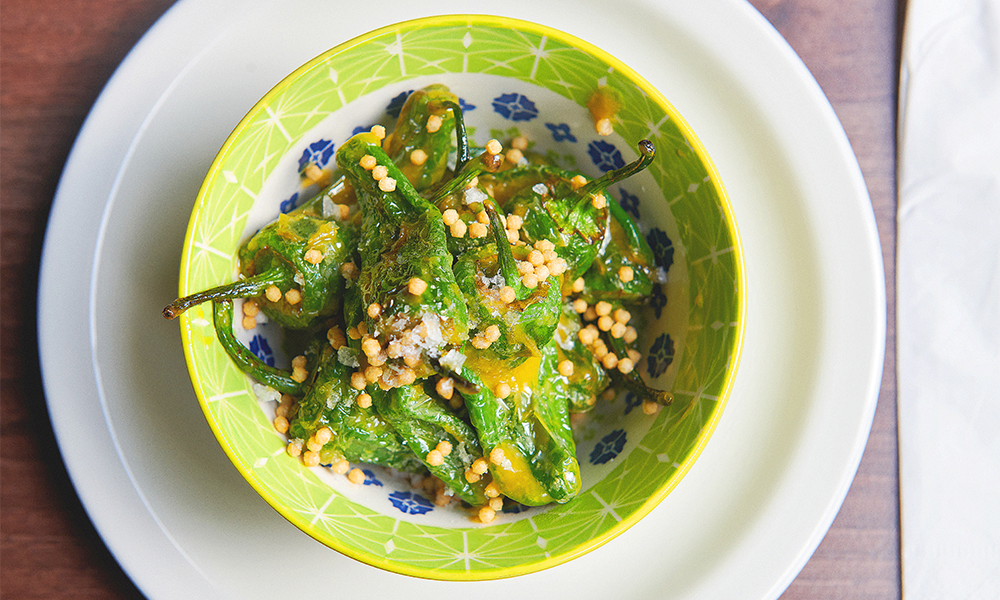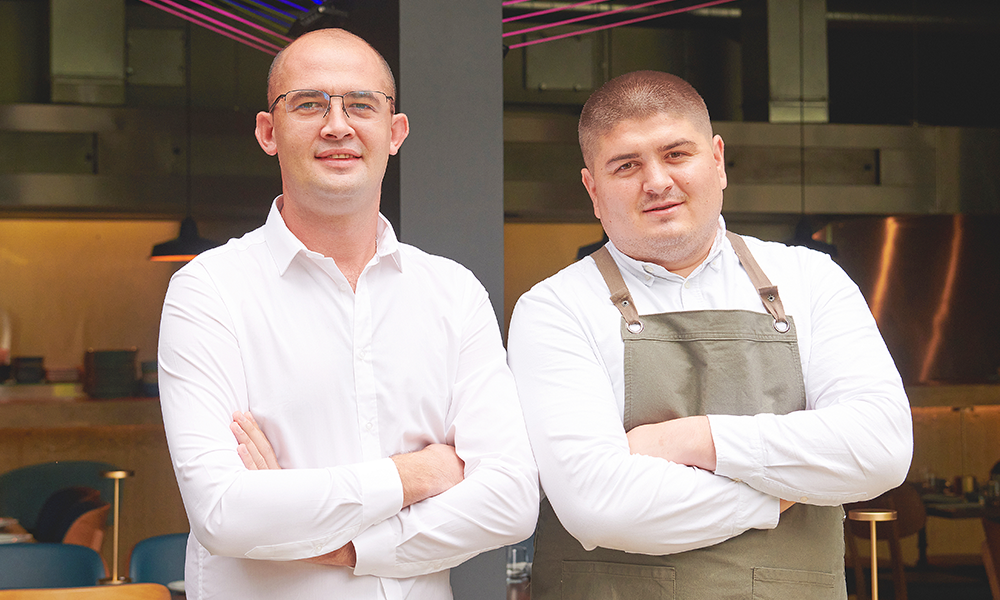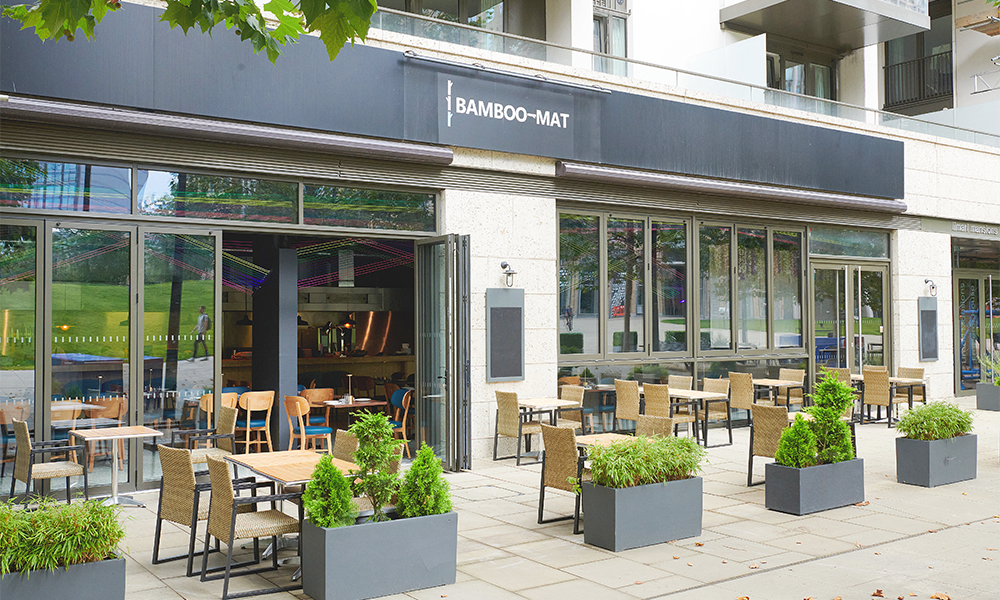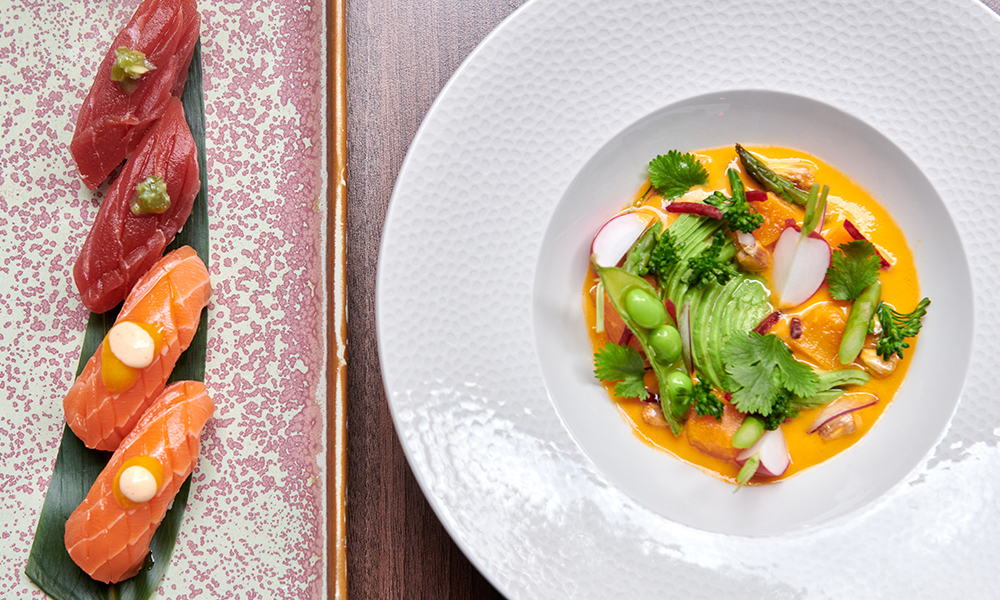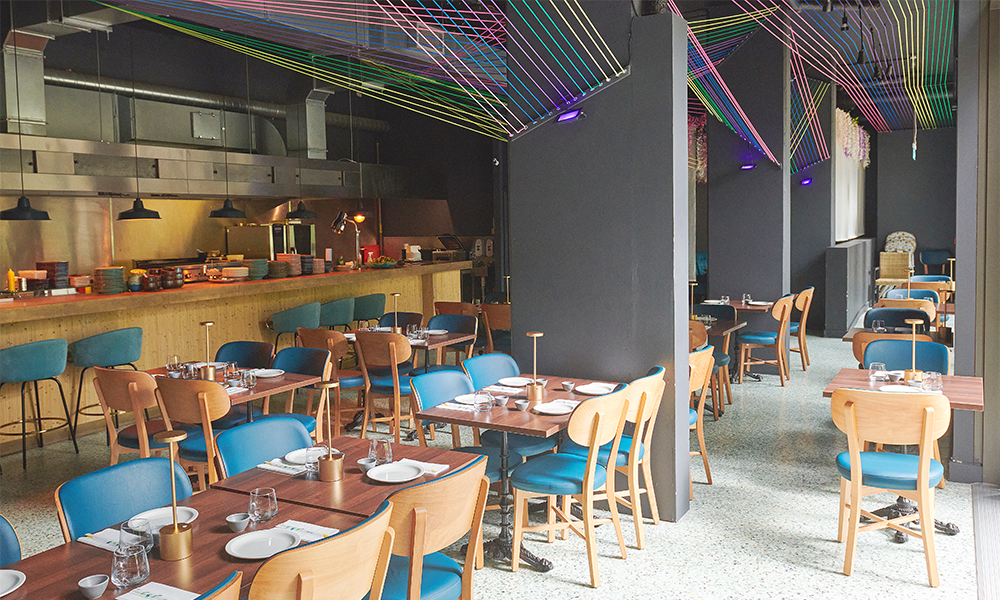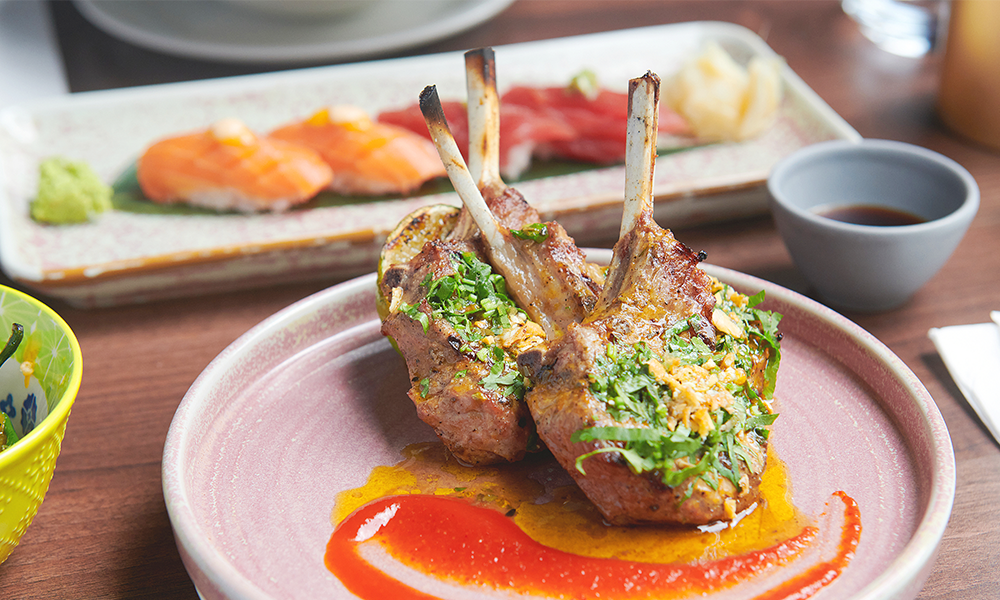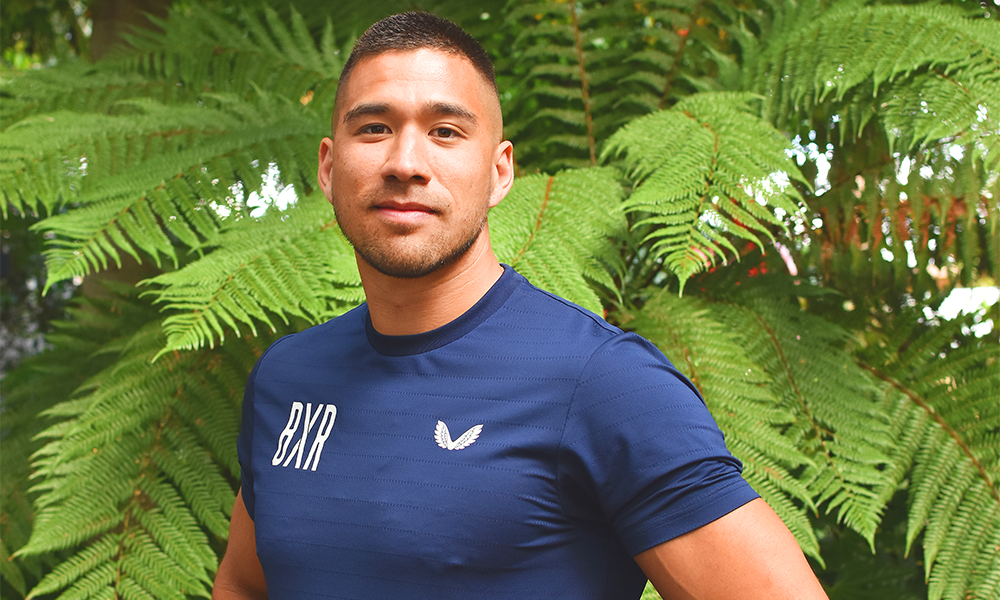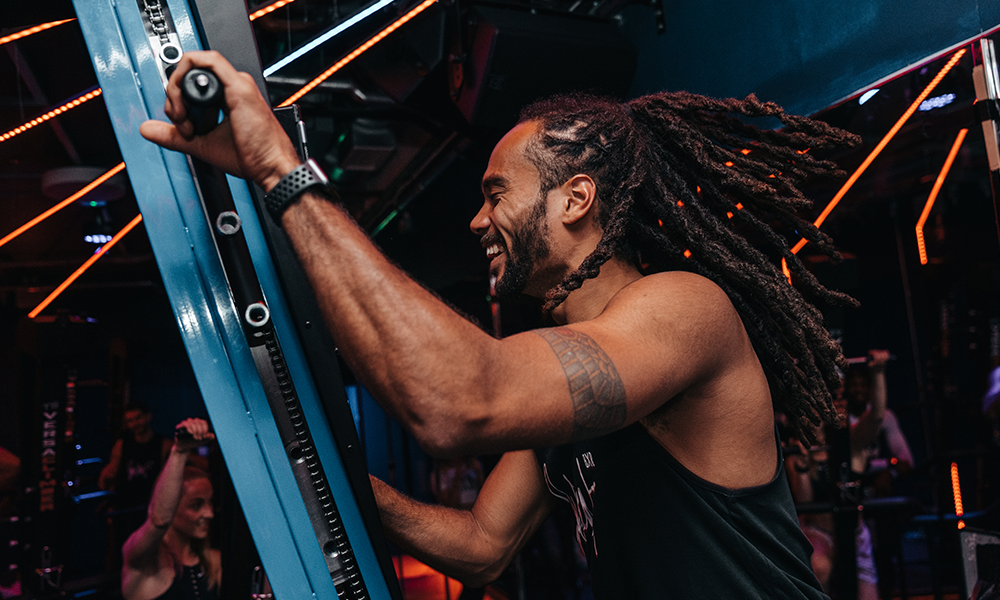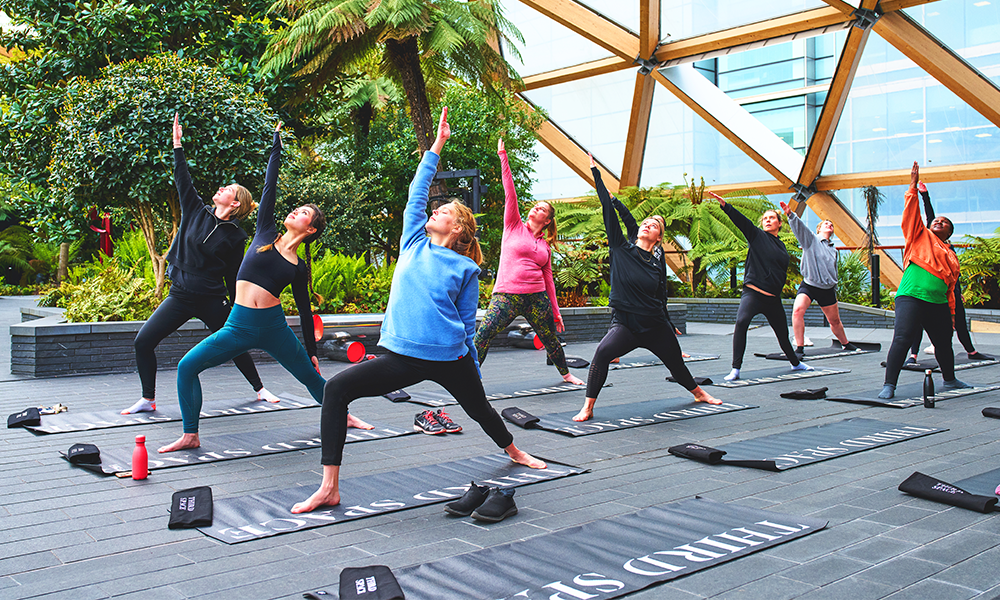Evening saw recognition for the Alabama 3, Mud Morganfield, Polly Gibbons, PP Arnold and more…
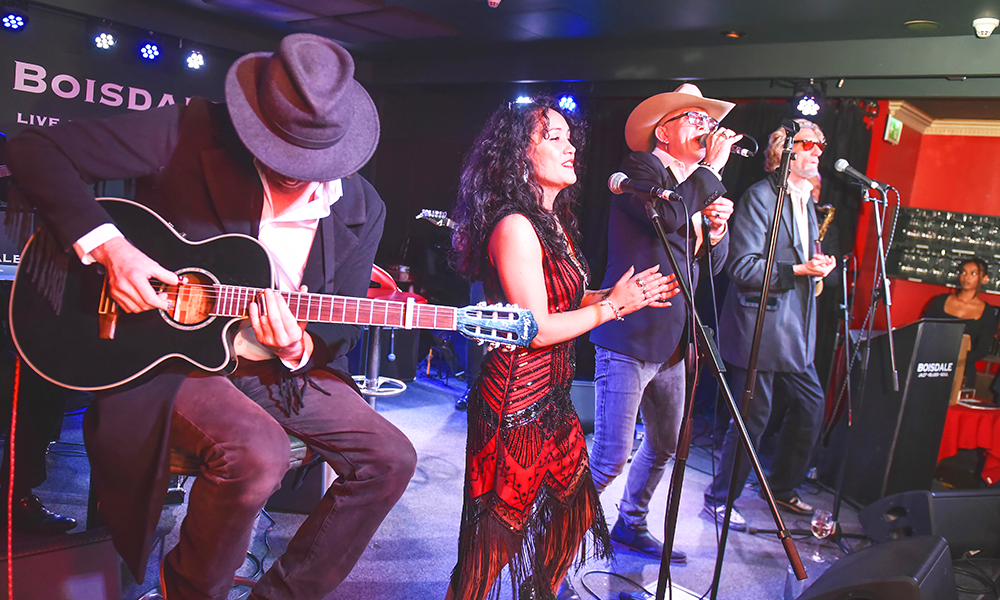
Subscribe to our free Wharf Whispers newsletter here
What connects a single that spent seven weeks at No. 1 in the US, the voice of Muddy Waters, the theme song to The Sopranos, The First Cut Is The Deepest, celebrity gangster Dave Courtney and Jools Holland?
It’s Boisdale Of Canary Wharf, as the restaurant, bar and live venue celebrated its annual music awards on September 20, 2023 – showcasing the breadth and depth of the kind of artists who regularly perform there on the stage above Cabot Square.
Hosted by Jools and celebrated jazz saxophonist Yolanda Brown, the annual event brought together a host of talents – some starting out, some well established and others who’ve enjoyed whole lifetimes in the business.
That meant an evening where two-time Grammy winner, Gregory Porter, performed Hoochie Coochie Man with Nick Reynolds of the Alabama 3 in front of Mud Morganfield – Muddy Waters’ son, Snow belted out his 1992 global platinum hit Informer and Dave Courtney’s daughter, Courtney Courtney, won the rising star award.

Other highlights included Mud taking the stage himself (again with Reynolds), Kid Creole And The Coconuts’ energetic rendition of Annie I’m Not Your Daddy and a potent set from the Alabama 3, making good on their promise to deliver upbeat, acid house country all night long.
In short, the atmosphere was electric, warm and wild – as unpredictable as Boisdale always is at its best under the singular leadership of owner Ranald Macdonald.
This year’s winners were as follows:
Reggae Artist
UB40
Best Album
Suzi Quatro and KT Tunstall
for Face To Face
Global Icon
Snow
Outstanding Contribution
To Music
Gregory Porter
Scottish Artist
The Cuban Brothers
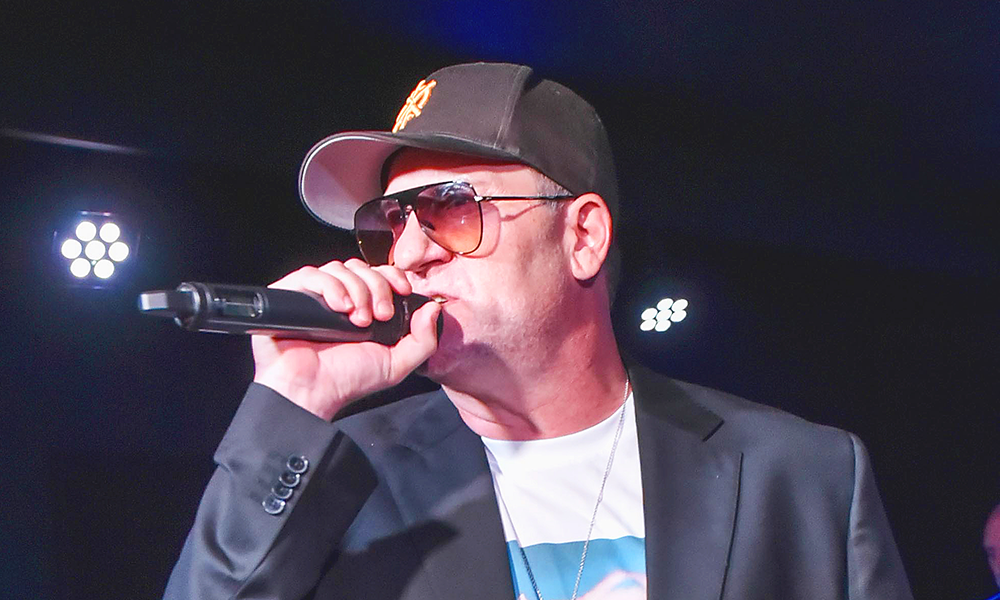
Lifetime Legend
Kid Creole And The Coconuts
Blues Artists
Alabama 3
+ Mud Morganfield
Soul Artist
Shalamar
Instrumentalist
Bluey
Rising Star
Courtney Courtney
Band
The Brand New Heavies
Jazz Artist
Polly Gibbons
Female Artist
PP Arnold
Male Artist
Howard Hewett
UPCOMING GIGS AT BOISDALE OF CANARY WHARF PP Arnold OCT 25- 9.30pm From £19, show only. From £69, with dinner A living legend in the soul world and this year’s best female artist, audiences can expect hits such as The First Cut Is The Deepest, Angel Of The Morning and It Won’t Be Christmas Without You. Critically acclaimed, she’s worked with everyone from Stevie Wonder and Ike And Tina Turner to Nick Drake to the Small Faces. Citrus Sun ft. Imaani NOV 15 - 9.30pm From £19, show only. From £69, with dinner Formed by musician Bluey in the late 1990s, this group are set to present music from their latest album with inspiration from guitarist Jim Mullen. Expect jazzy numbers such as Mais Uma Vez and Calling Mr Wolf from the rhythm section and star of Incognito, fresh from winning the Instrumentalist award at Boisdale. Jools Holland's Boogie Woogie Spectacular APR 24, 2024 - 9.15pm From £149, with dinner (there is no show-only option) This might be a way off, but Jools Holland’s Boogie Woogie And Blues Spectacular always sells out with the band leader allowed to indulge in his great passion for tickling the ivories. The evening will also feature the talents of Neville Dickie, the hair of Axel Zwingenberger (google him) and the slick playing of Ladyva.
With unexpected collaborations, dancing on the tables and a spirited address from rapper Big Narstie, it was an event to remember.
Here’s what a few of the winners had to say:
Gregory Porter
Outstanding Contribution To Music
“It’s wonderful to win this award. The community of musicians and artists here are some of the best, so I’m really honoured.
“Having Muddy Waters’ son in the audience and performing one of the songs that made his name was incredible – it’s the history and the lineage of the music and I’m appreciative of Boisdale for that.”

Courtney Courtney
Rising Star
“My mind’s a little bit blown, to be honest. I’ve always sung.
“My brothers and my cousins all make music but I’ve only recently started to write my own stuff.
“I’m testing the waters. People seem to be enjoying what I’m making and so I’m going to keep creating.
“I write with my best friend – he’s been through every major life event with me and that’s amazing.
“At the moment, heartbreak is my inspiration – it’s one of the only emotions I’ve processed and healed from and it’s easier to write when you’re on the other side of something.”
Mud Morganfield
Blues Artist
“It’s fantastic to be recognised in this country.
“I’ve pretty much spent my whole life in music and I’d give anyone starting out the same advice – you don’t need a drink or drugs to play better, don’t believe the hype.
“You just need what God gave you.
“The blues is everything to me, it’s life. You can run but you can’t hide. It might not catch you today, but it’ll catch you tomorrow.
“I had this music running through my head since I got to this world. A lot of my music is my father’s – a lot of people didn’t get a chance to see Muddy Waters and I just hope I can give them a glimpse of what that might have been like.
“I don’t think anyone gets the style quite like I do and I’m proud of that.”
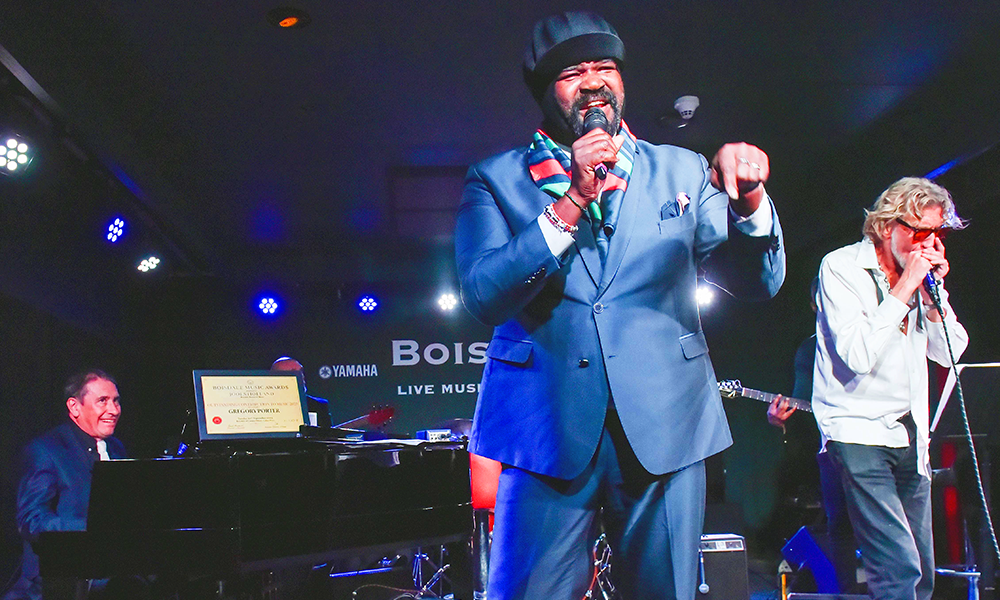
Rob Spragg aka Larry Love
Blues Artist
“When the Alabama 3 started, it was very much with this kind of awards ceremony in mind. We’d go to the Brit Awards and pretend we were from Alabama, not Brixton.
“Now we’ve risen to the heights of Boisdale in Cabot Square. I was totally spooked out by seeing Mud perform – we sampled Muddy Waters on Woke Up This Morning, which became the theme song for The Sopranos on TV.
“The blues allows for a certain raggedy-ness that the world needs alongside earthy rock and roll.
“Hopefully, this award puts us on the ladder of success after years of dirty gigs and tours – maybe we’ll wind up in some penthouse in New Jersey or something.
“For us, creating music is about the community you put yourself in and what you absorb.
“We’re very blessed by the stories that Brixton generates and all those things that come out at 4am in the pubs – then we put it all together in the studio.”

Polly Gibbons
Jazz Artist
“I’ve never won an award before so I’m very pleased. It’s lovely to have been considered and even better to have won.
“I’ve just released my ninth album, although in some ways it feels like my first, because this is the only one to feature all my own songs and arrangements.
“It’s called As It Is and the song I performed was Man Of Moderation, which is about my dad and features my family on backing vocals.
“He was diagnosed with Parkinsons but was quite a dynamic person – he played electric bass, got me into the blues and founded a festival called Green Belt.
“The disease has brought him to his knees – he was 6ft 2” and is now about 5ft 8” and it’s my observations as a daughter of a life very well lived.”
Howard Hewett
Male Artist
“I’ve been singing since I was 10 years old – inspired by my mum.
“She was a gospel promoter in Ohio and that’s how I cut my teeth.
“As an artist and lead singer of Shalamar, the thing I want to communicate to my audience is integrity.
“There’s a whole lot of crap out there right now, so it’s about quality not fads.
“Connecting with people when you’re performing is a really great feeling. That’s what we need.”
- The Boisdale Music Awards takes place annually, usually in September.
Find out more about the venue here
Read more: Sign up for the Santa Stair Climb at One Canada Square
Read Wharf Life’s e-edition here
Subscribe to our free Wharf Whispers newsletter here
- Jon Massey is co-founder and editorial director of Wharf Life and writes about a wide range of subjects in Canary Wharf, Docklands and east London - contact via jon.massey@wharf-life.com




